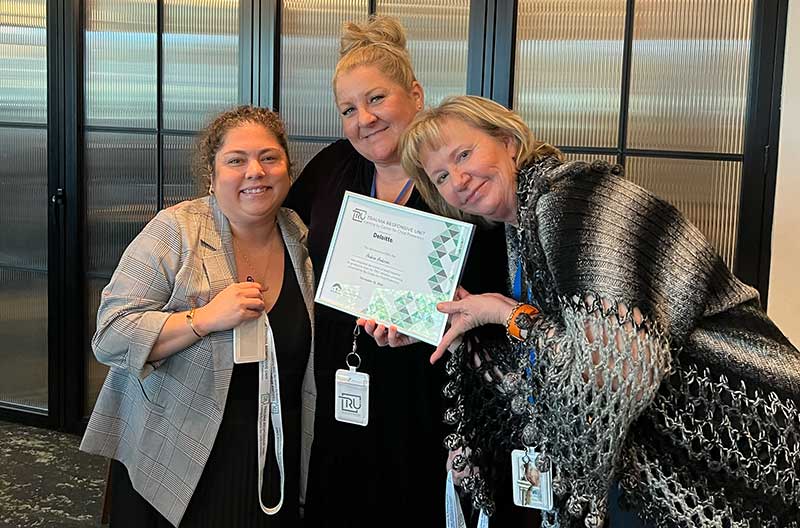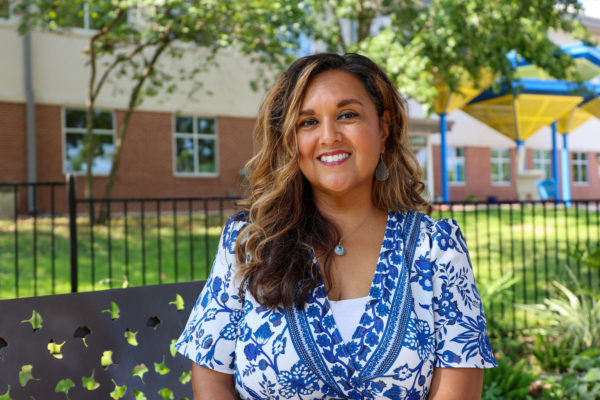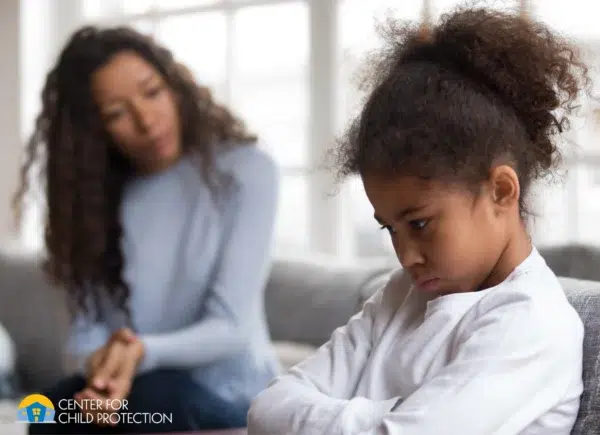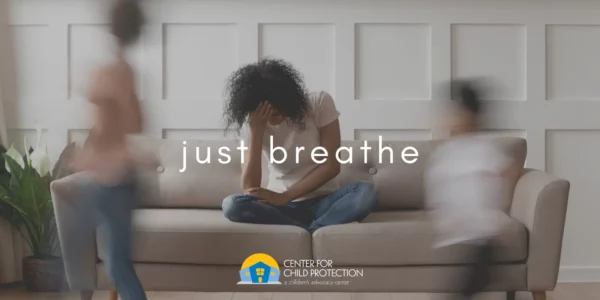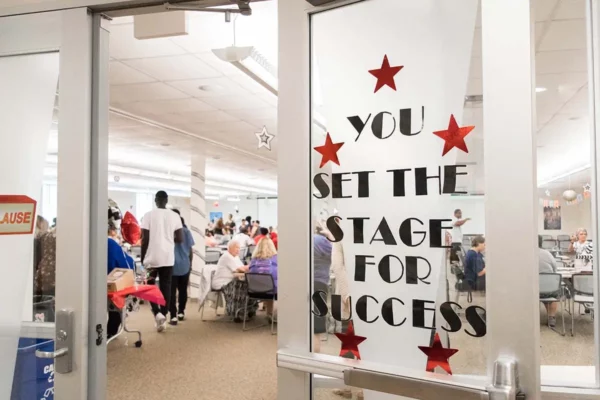A Transformative Experience in Trauma Responsiveness
My name is Andrea Anderson, and I am the Bilingual Marketing Specialist at the Center for Child Protection. When I first joined the Center in 2023, I was eager to make a difference but also unsure how I would handle the heavy subject of child abuse. I knew I needed to approach this topic with sensitivity and respect, but I was searching for the best way to do that. Then, early in 2024, I was chosen to participate in the Center’s TRU program.
TRU (Trauma Responsiveness Unit) is a training program hosted multiple times a year, offered as a ten-month course with monthly sessions. The sessions are led by Miriam Jansky, Chief Clinical Officer, Vanessa Barahona, Director of Clinical Services, and Shanna Schuelke, Clinical Services Coordinator—all from the Center for Child Protection. Bringing together local law enforcement officers, case workers, prosecutors, medical staff, Center staff, and community members, the program aims to create a trauma-informed support system for children in Travis County.
Little did I know, going through TRU would not only reshape my professional perspective on trauma but also profoundly impact me on a personal level.
Overcoming Initial Hesitations
The idea of sitting in a room with law enforcement officers from the Austin Police Department (APD) and Travis County Sheriff’s Office (TCSO) was daunting. Would I fit in? Would I grasp the depth of what we were about to learn? These questions loomed over me, but I soon realized this shared journey would foster a deeper understanding of trauma and its effects on all of us.
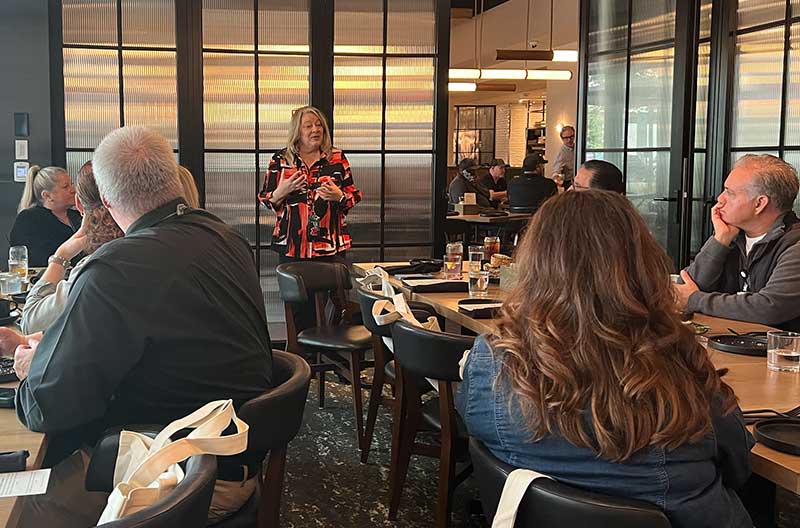
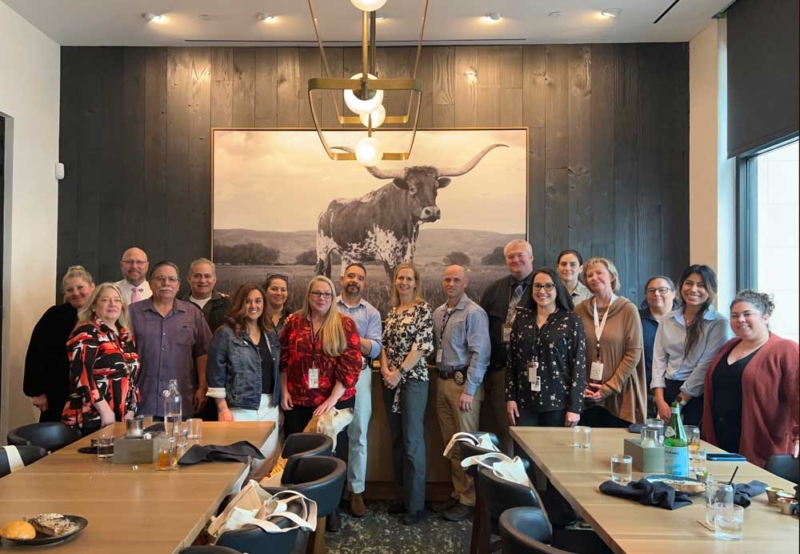
Groundbreaking Insights: The Neurosequential Model of Therapeutics (NMT)
The Center for Child Protection is the first children’s advocacy center in the United States to achieve site certification in the Neurosequential Model—a modality developed by Dr. Bruce Perry and the Child Trauma Academy. This approach looks at how a child’s brain and body have been affected by trauma to help understand their needs and create a treatment plan that supports their development.
Through the training, I learned:
- Development: The brain develops from the bottom to the top, starting with the brainstem and progressing to the cortex.
- Disruption: Trauma often impacts the brainstem, where survival mechanisms—fight, flight, or freeze—are activated. This disrupts critical thinking and relationships.
- Healing: By providing safe, consistent, and nurturing environments, the brain can return to a calm, restful state—which fosters healing and resiliency.
This framework encouraged us to shift our perspective. Instead of asking, “What’s wrong with you?” we were taught to ask, “What happened to you?”—a subtle yet transformative change in understanding behavior. Andrea Anderson , Bilingual Marketing Specialist
Practical Applications and Personal Reflection
The TRU training wasn’t confined to theory. Our monthly sessions included hands-on exercises that helped us apply NMT principles in real-life scenarios.
As part of our discussions, we took a closer look at the brain’s structure and how its different parts play unique roles in our daily lives:
- Brainstem: Processes survival reactions which impact critical body functions like heart rate and temperature.
- Diencephalon: Regulates sensory signals and controls alertness.
- Limbic System: Governs emotions, relationships, and reward.
- Cortex: Handles problem-solving, decision-making, and impulse control.
As we practiced responding to trauma symptoms, I found myself reflecting not only on the experiences of our clients but also on my own. Life’s challenges—whether rooted in trauma or not—connect us in ways we often overlook. This training inspired me to confront my own anxiety and mental health, cultivating a greater sense of empathy and self-awareness.
The Community Impact
Trauma-responsive practices are not just beneficial for child abuse victims and their families; they’re essential for building a more compassionate and resilient community. TRU equips professionals from diverse fields with the tools to:
- Recognize and respond to trauma symptoms.
- Create environments that are supportive and culturally aware.
- Foster hope and resilience through consistent and nurturing actions.
- Understand how their own life experiences impact their relationships with others.
At the training’s conclusion, participants shared how TRU had transformed their approach to their work. Many wished they had obtained this knowledge earlier in their careers. For me, it reaffirmed my commitment to the work I do at the Center: advocating for children, promoting trauma-informed education, and rallying community support to end the cycle of child abuse.
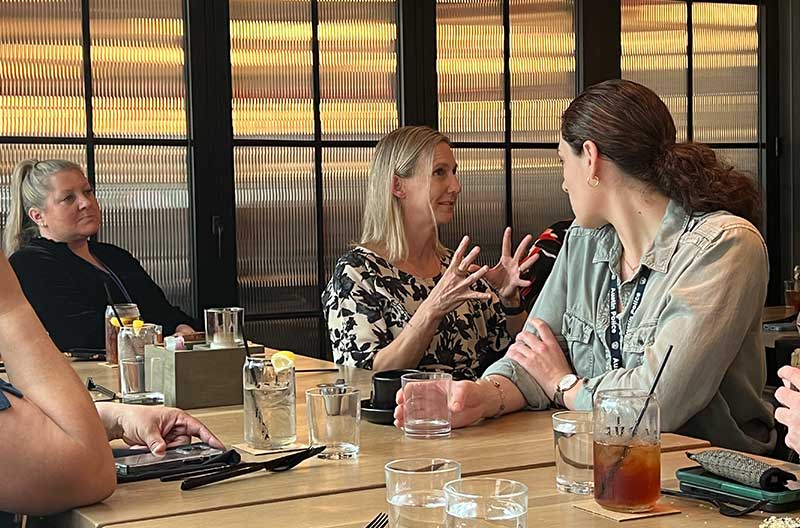
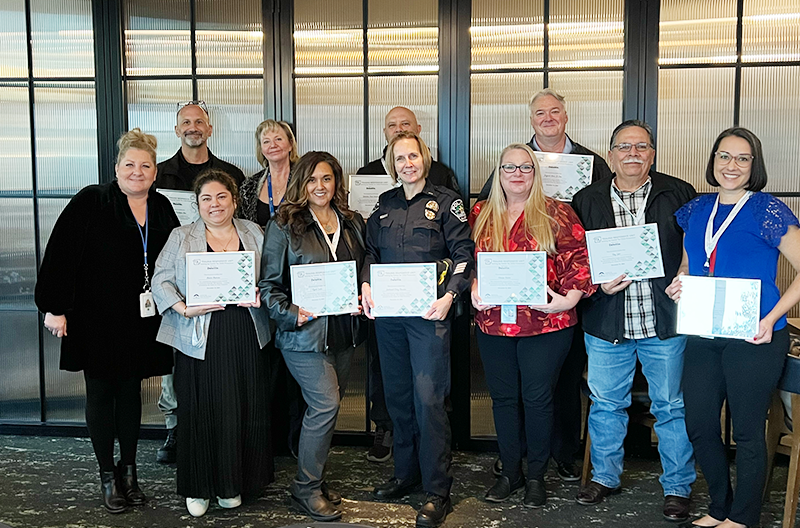
A Call to Action
Trauma-responsive trainings like TRU are a game-changer—not only for professionals but also for the broader community. By understanding the science of trauma and prioritizing empathy, we can create lasting change. I encourage anyone working with children and families to seek out similar opportunities. Together, we can build a safer, more supportive world for all.






